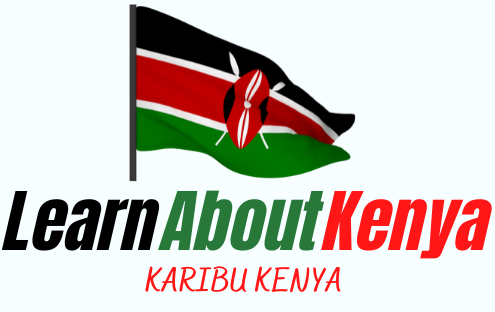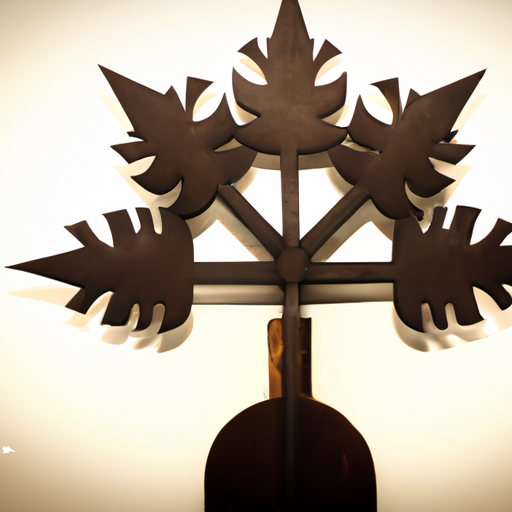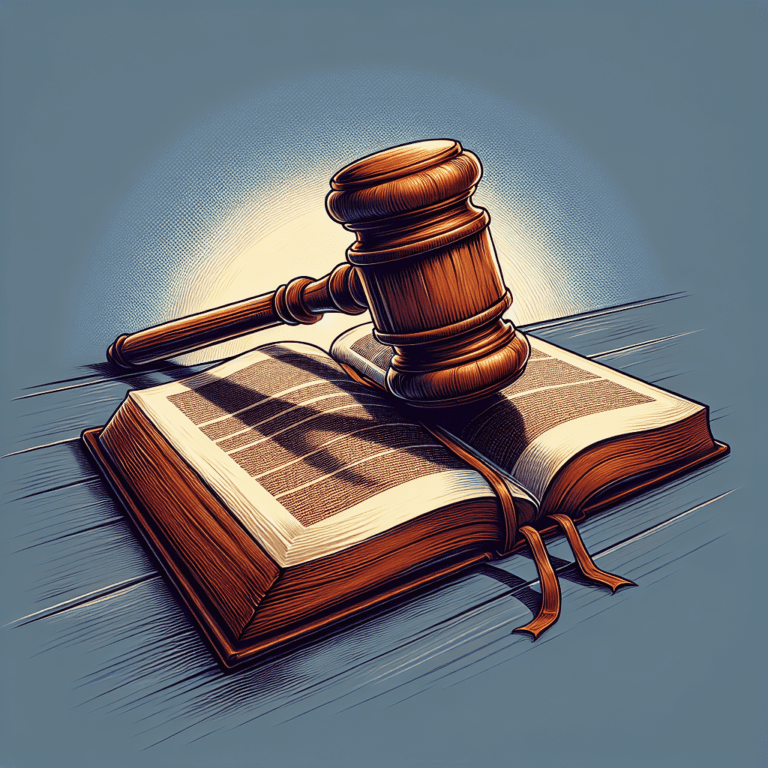How Is The Kenyan Government Structured?
In this article, we will take a closer look at the structure of the Kenyan government. Whether you’re a curious citizen or just eager to learn about different countries’ political systems, understanding how the Kenyan government is organized is a fascinating journey. From the executive branch to the legislative and judicial branches, we will explore the key components that make up this vibrant democracy. So, let’s embark on this informative exploration together and gain a deeper understanding of the Kenyan government’s intricate structure.
Overview of the Kenyan Government
The Kenyan government is structured into three main branches: the Executive Branch, Legislative Branch, and Judicial Branch. These branches work together to ensure the smooth functioning of the government and to uphold the principles of democracy and the rule of law.
Three Arms of Government
The three arms of the Kenyan government – the Executive, Legislative, and Judicial branches – are designed to be interdependent and to have a system of checks and balances. This ensures that no single branch has excessive power and helps prevent abuse of power.
Separation of Powers
The principle of separation of powers is a crucial aspect of the Kenyan government structure. Each branch has its own specific roles and responsibilities, which prevents any one branch from dominating the others. This separation helps maintain a healthy balance of power and promotes accountability.
Executive Branch
The Executive Branch is responsible for implementing and enforcing laws. It is headed by the President, who is the head of state and government. The President has the power to make executive decisions and is assisted by the Deputy President. The executive branch also includes Cabinet Secretaries, who oversee specific government departments, and Principal Secretaries, who support and advise Cabinet Secretaries in their respective areas.
Legislative Branch
The Legislative Branch is responsible for making laws and consists of Parliament, which is divided into two houses: the National Assembly and the Senate. The National Assembly represents the people and is composed of elected members, while the Senate represents the counties and ensures equitable representation of all regions. The Legislative Branch plays a vital role in the democratic process by debating and passing laws that affect the country as a whole.
Judicial Branch
The Judicial Branch is responsible for interpreting and applying the law. It ensures justice is done and upholds the constitution. The Judicial Branch comprises different courts, including the Supreme Court, the highest court in the land, the Court of Appeal, the High Court, and Magistrates Courts. Judges and magistrates preside over these courts and make decisions based on the law and evidence presented to them.
County Government
The Kenyan government has a system of devolution, which allows for the distribution of power and resources to the county level. This ensures that local communities have a say in their governance and development. County governments are headed by elected Governors and have County Assemblies, which are responsible for making local laws and overseeing the administration of the counties.
Local Government
In addition to county governments, there is also a system of local government in Kenya. This includes City and Municipal Councils, which are responsible for governing urban areas, and County Councils, which oversee rural areas. These local governments play a crucial role in delivering essential services and promoting development in their respective areas.
Electoral System
The electoral system in Kenya is overseen by the Independent Electoral and Boundaries Commission (IEBC). The IEBC is responsible for conducting free and fair elections, voter registration, and ensuring the integrity of the electoral process. Through regular elections, Kenyan citizens have the opportunity to elect their representatives at various levels of government and exercise their democratic rights.
Political Parties
Political parties play a significant role in the Kenyan government system. They provide a platform for individuals to join together and advocate for their shared political ideals. The formation of political parties allows for the expression of diverse opinions and views. Parties have a proper structure, including party officials and members, and they are required to be registered and regulated by the government.
Civil Service
The Civil Service of Kenya is responsible for implementing government policies and delivering public services to the citizens. The Public Service Commission oversees the recruitment and management of civil servants. The civil service plays a vital role in the day-to-day functioning of the government and ensures the smooth operation of public institutions.
In conclusion, the Kenyan government is structured into three arms – Executive, Legislative, and Judicial – which work together to ensure the smooth functioning of the government and promote democratic governance. This system of governance, combined with devolution, local government, and an inclusive electoral system, allows for citizen participation and accountability. The Kenyan government continues to evolve and adapt to meet the needs and aspirations of its citizens, promoting progress and development for the nation as a whole.







